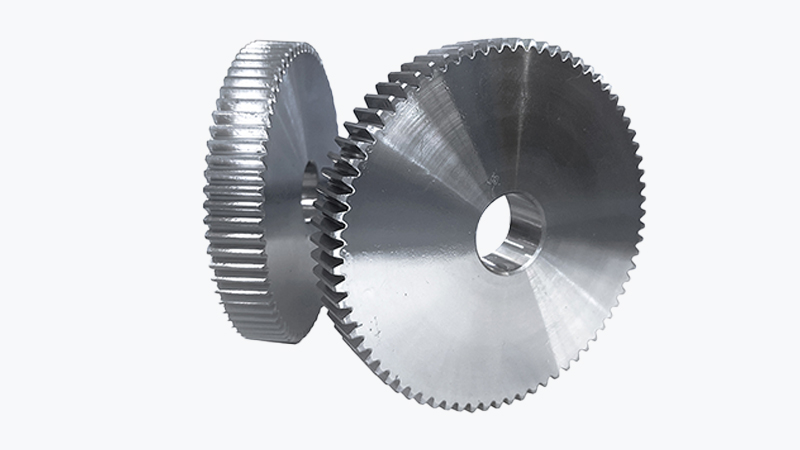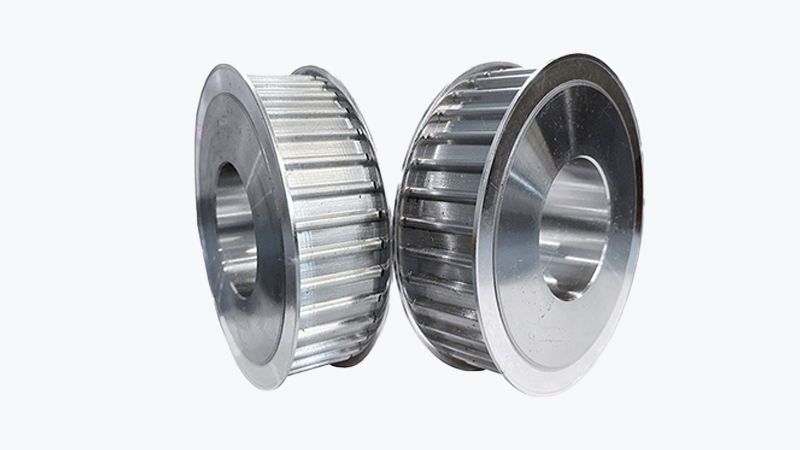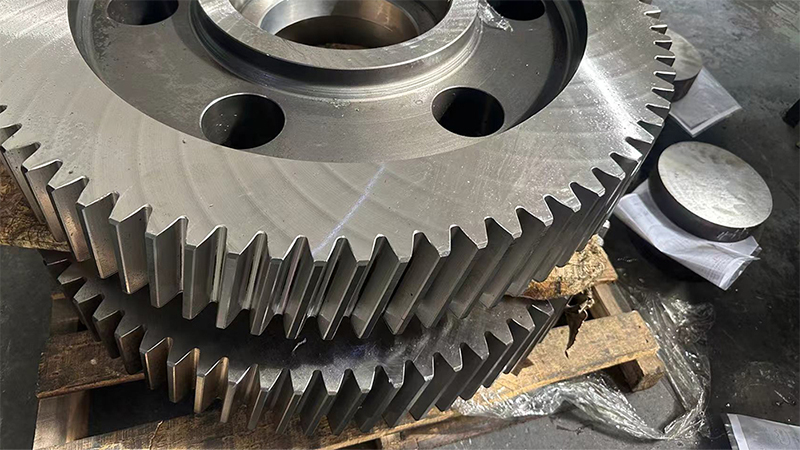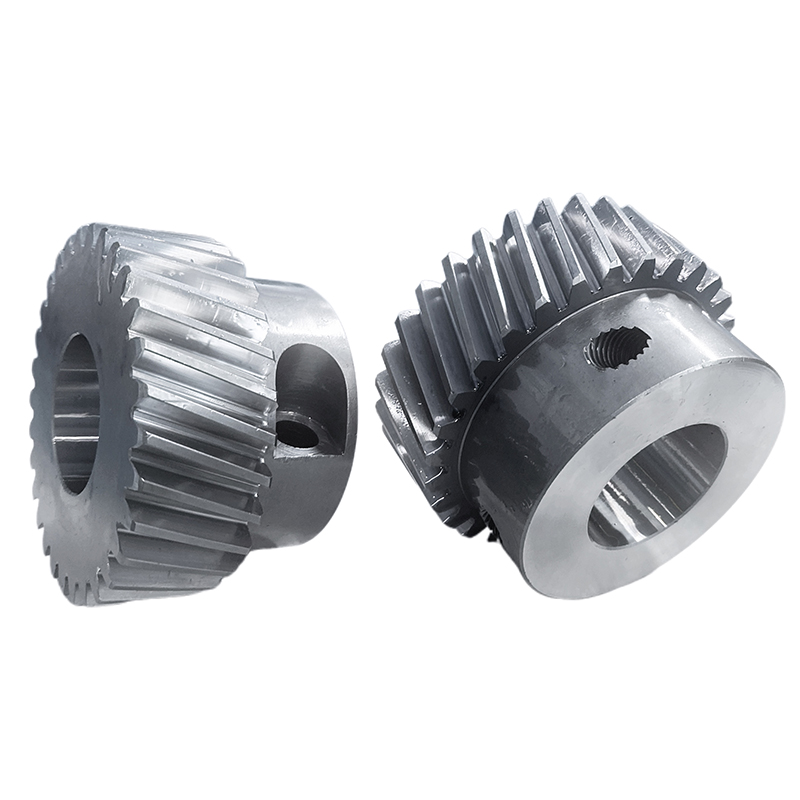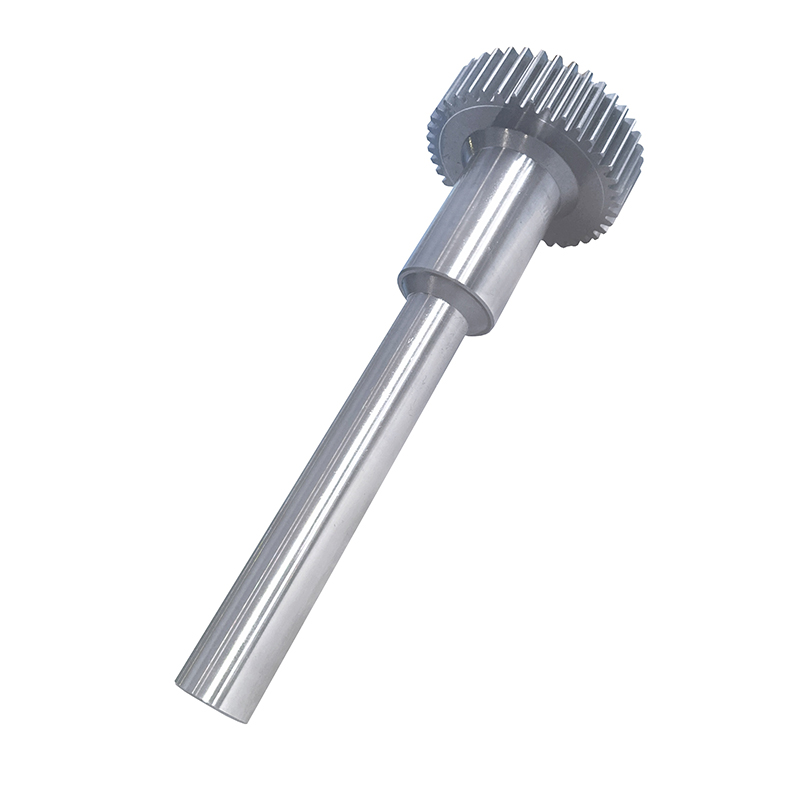The working principle of worm gear rotation
1、 Working principle
The two shafts of worm gear transmission are intersecting and perpendicular to each other; A worm can be seen as a spiral with one tooth (single head) or several teeth (multiple heads) wound along a helical line on a cylinder. A worm wheel is like a helical gear, but its teeth wrap around the worm. During meshing, when the worm rotates, it drives the worm wheel to rotate through one tooth (single head worm) or several teeth (multi head worm). Therefore, the speed ratio of the worm gear transmission is i=the number of worm heads Z1/the number of worm teeth Z2.
2、 Function
advantage:
<1> Worm gear transmission, in addition to being widely used like gears, solves the contradiction that the gear reduction ratio cannot be too large;
<2> Work smoothly and without noise;
<3> Worm gears can achieve precise and small rotations, so worm gear transmission is commonly used for indexing purposes;
<4> Capable of self-locking - When the helix angle of the worm is less than 3-6 degrees, the transmission energy of the worm gear is self-locking (i.e. only the worm can drive the worm gear, and the worm gear cannot drive the worm)
Disadvantages:
<1> The efficiency is relatively low, generally ranging from 0.7 to 0.9. When the speed reduction ratio is large, the efficiency can even be below 0.5;
<2> High heat generation, therefore good cooling and lubrication conditions are required during work;
<3> When transmitting power at higher speeds, worm gears are often made of expensive non-ferrous metals.







